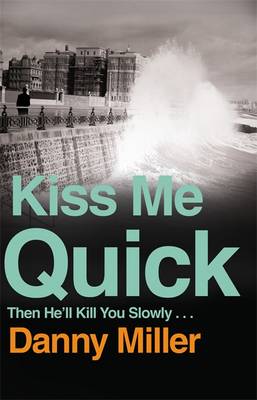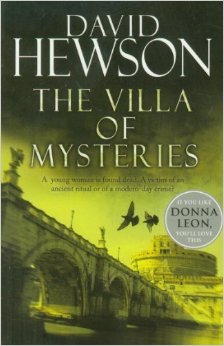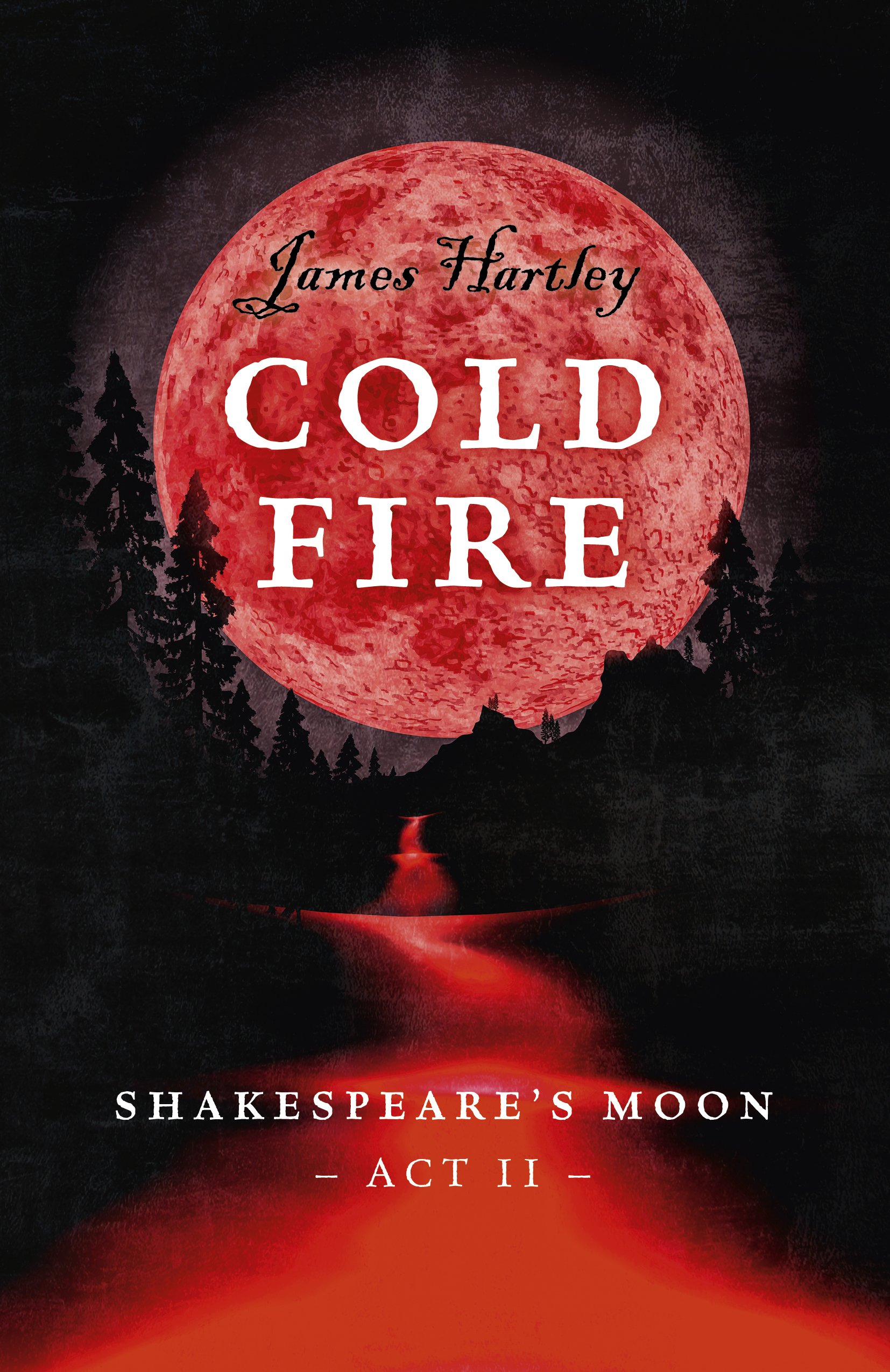
“The Rolling Stones? They won’t last.”
I’m pretty sure that the knowing smirk invited by comments like the one above is the only reason I occasionally read historical fiction.
‘Kiss Me Quick’ is set in 1960s Brighton and features mods, rockers, gangsters and a massively corrupt police force, so there’ll be drugs, violence, fighting and attempts at historical accuracy. Meh. This is another book that wouldn’t have gained my attention if it hadn’t been this month’s book group choice; although I like Brighton as a setting I’m not interested in gangsters and my only experience of reading Martina Cole (whose name is pretty much synonymous with London gangsters) did nothing to increase their appeal. Fortunately, I was surprised to find this quite an appealing read, though perhaps in spite of the plot. Speaking of which:
What’s it about?
When a headless, handless body washes up on Brighton beach, young detective Vincent Treadwell is sent down from London to investigate. This would be an excellent endorsement of his detective skills, if he weren’t being sent away from London primarily to stop him causing trouble for his fellow, rather less honest, coppers. Oh well, perhaps his honest nature will be better received by the Brighton constabulary? (Hint: nope.)
While looking into the murder, Vincent is also keen to discover the whereabouts of local gangster and legend, Jack Regent, whose notoriety made him the bogeyman of Vince’s Brightonian childhood. Jack himself is understandably elusive, but Vince is soon getting rather too close to Jack’s girlfriend, Bobbie LaVita. Can Vince find Jack? Or will Jack find him?
What’s it like?
In the first chapter a woman’s throat is violently slit, but this is nothing compared to The Eye Thing.
Atmospheric, over-written, humorous, brutal. Horribly brutal. In the first chapter a woman’s throat is violently slit, but this is nothing compared to The Eye Thing. When I attended the book group meeting for ‘Kiss Me Quick’ I hadn’t yet managed to read more than half and was mystified by talk of ‘The Eye Thing‘. Suffice to say, I can now understand why the discussion was accompanied by shudders and head shakes. If you’re squeamish, you should probably look elsewhere for your crime fix. (One book group colleague couldn’t bear to read past page 10. Yikes.) Fortunately (or maybe worryingly?) reading so much crime writing in the last few years seems to have desensitised me somewhat and I didn’t feel the need to put the book down at all.
Something I found more difficult was adjusting to Miller’s style. I wasn’t surprised to discover he’s a screenwriter; the sheer volume of adjectives and other descriptive paraphernalia made some scenes feel unnecessarily drawn-out. Examples of verbiage abound: in the first few pages we find “sharp sodium wind” and “tall Georgian terraced town houses”, while “her long, shiny auburn tresses were wrapped around his hand like silk rope” and someone wears a “long perfectly tailored camelhair overcoat”. Whole paragraphs are devoted to the description of characters. Fortunately, this ceased to bother me after the opening chapters, though I’m not sure whether this is because I’d adapted to Miller’s style or because he became marginally more concise. I suspect the former.
“Clouds of reefer smoke hung in the air like incense, and the crowd moved with the kind of swampy rhythm that only potent ganja produces.”
I did enjoy Miller’s playfulness with language and timing: something appears “exotic, almost erotic”, which is surely just an excuse to play with the sounds of those words, and modern knowledge of what were contemporary musicians is used to help reveal which characters are genuinely insightful and which we should laugh at. The writing is also deliciously atmospheric:
“Clouds of reefer smoke hung in the air like incense, and the crowd moved with the kind of swampy rhythm that only potent ganja produces. They weren’t so much dancing to the music as dancing in the music.”
Miller almost forces you to picture the scene, which I quite enjoyed.
So is it good?
Despite finding Vince a broadly sympathetic character, I was surprised to learn that this book is the start of a series. Vince’s escapades seemed very firmly rooted in this particular set of circumstances and his relationship with club owner Bobbie often seemed more important than the crime he was meant to be solving. I’m not sure I’d be bothered enough to read a second installment, though I did quite enjoy reading this.
Speaking of crime solving, if you prefer straightforward murder > clues > solution type tales then this may not be the best story for you. By the end of the book the initial crimes have almost ceased to be relevant and there’s so much plot inbetween that it can be difficult to follow if you take too long a break between chapters.
The ending is suitably traditional (and therefore potentially irritating): the final 100 pages or so seem to largely involve criminals seeking to explain their actions and anticipating killing their potential victims rather than just getting on with the murder they’re meant to relish so much. We all know how this ends and I can assure you that if I ever wanted to knock someone off, I wouldn’t waste half so much time talking about it first.
Final thoughts
So is it worth reading? Yes, if you like wordy, descriptive crime novels with predictable plot developments. (Really predictable, if you’re even half paying attention.) It’s worth reading this for the atmosphere and the language, but not for the crimes. The title itself screams cliché, so don’t be surprised to find a few lurking within. Would I read it again? Probably not, but it was sufficiently enjoyable to read once.


